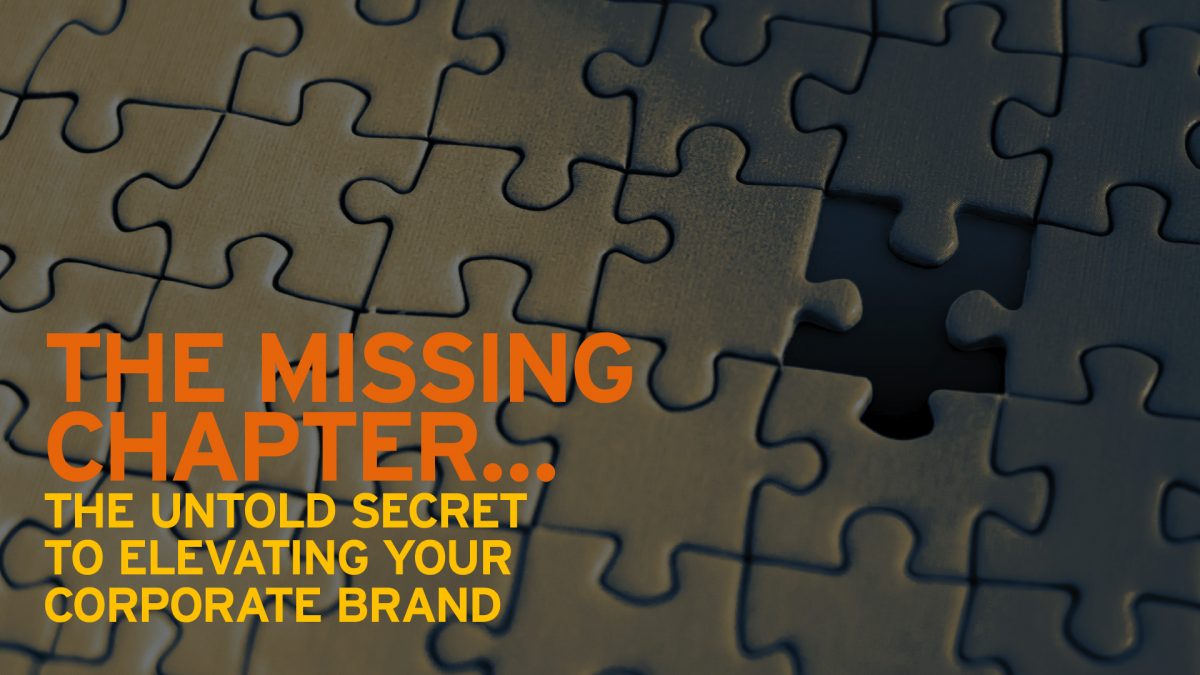Employee portraits are no longer just a formality for ID badges. In today’s digital age, they play a vital role in communicating a company’s brand identity. However, managing portraits for large organizations can be challenging. With AI-powered automation, Eikonice eliminates manual tasks, ensuring GDPR compliance while cutting costs. What’s not to like?
Incorporate employee portraits in the corporate brand manual
One of the most overlooked elements of corporate design is the employee portrait. Often missing from brand guides, these images should be treated as part of your company’s visual identity. Employee portraits represent the people who drive the business, and the way they are presented speaks volumes about the company culture, diversity and professionalism.
Tip 1: Ensure that your brand guidelines outline the specific styles for employee portraits—covering lighting, background colors, and even clothing suggestions that align with the company’s color palette and tone. Having consistent, high-quality portraits signals unity and attention to detail, no matter the size of your workforce.
Use consistent portraits across all communication channels
Consistency is key when building a strong corporate identity. By using standardized employee portraits across all communication materials—whether internally or externally—you create a cohesive visual identity that reflects professionalism and trustworthiness.
With Eikonice’s automated portrait management system, you can easily ensure that every employee portrait is up-to-date and consistent across all platforms, from the company’s website to client-facing presentations.
Tip 2: Incorporate employee portraits in all your materials such as annual reports, internal newsletters, press releases, e-mails and social media. Use them as a visual asset that contributes to the brand, not just as a means of identification – but also to reflect the company’s DEI commitment (Diversity, Equity and inclusion).
Adapt portraits for different purposes – presentation vs. identification
Employee portraits serve two main purposes—presentation and identification. Understanding the difference between the two is essential for ensuring that your portraits are both functional and aesthetically aligned with your brand.
Presentation portraits are used for executive bios, media appearances, and marketing materials. These should be polished, well-lit, and aligned with the brand’s visual identity to convey a strong, professional image.
Identification portraits are simpler, used in internal systems like security badges, keycards, and employee directories. These portraits need to be clear, uniform, and easily recognizable for quick identification.
Tip 3: Eikonice allows for both presentation and identification portraits to be managed in one system. This simplifies the process of creating tailored visuals for different platforms without compromising quality or consistency.
Leverage AI automation for cost-effective and compliant workflow
Managing employee portraits across multiple platforms and ensuring each one is updated can be a tedious and costly process. However, with Eikonice’s AI-driven automation, this task becomes both streamlined and cost-effective. The software manages everything—from color adjustments and cropping to GDPR-compliant data handling—without the need for manual intervention.
Tip 4: Automating your portrait workflow with Eikonice not only saves time but also ensures that every portrait is brand-compliant, up-to-date, and privacy-compliant. This helps cut costs while maintaining the high standard expected from a premium corporate brand.
Showcase employee portraits in a variety of channels
Employee portraits don’t just belong on ID cards. They can enhance a wide range of internal and external communications. Externally, they can be used to highlight key team members on your website, personalize customer newsletters, or even create engaging social media content. Internally, employee portraits can boost a sense of belonging and recognition when featured in company newsletters or on intranet pages.
Tip 5: Use portraits as part of your corporate storytelling. Feature them in internal and external communications alike, showcasing the people behind the brand. Platforms like LinkedIn and Instagram are perfect for giving employee portraits more visibility while aligning them with corporate values.
Get ready and “Go”
Employee portraits are a powerful yet often overlooked part of a company’s brand identity. By following these five tips and leveraging AI-powered tools like Eikonice, companies can turn their employee portraits into an effective branding tool that saves time, ensures consistency, and aligns perfectly with corporate identity.
Ready to streamline your employee portrait process? Explore Eikonice’s solutions today.
